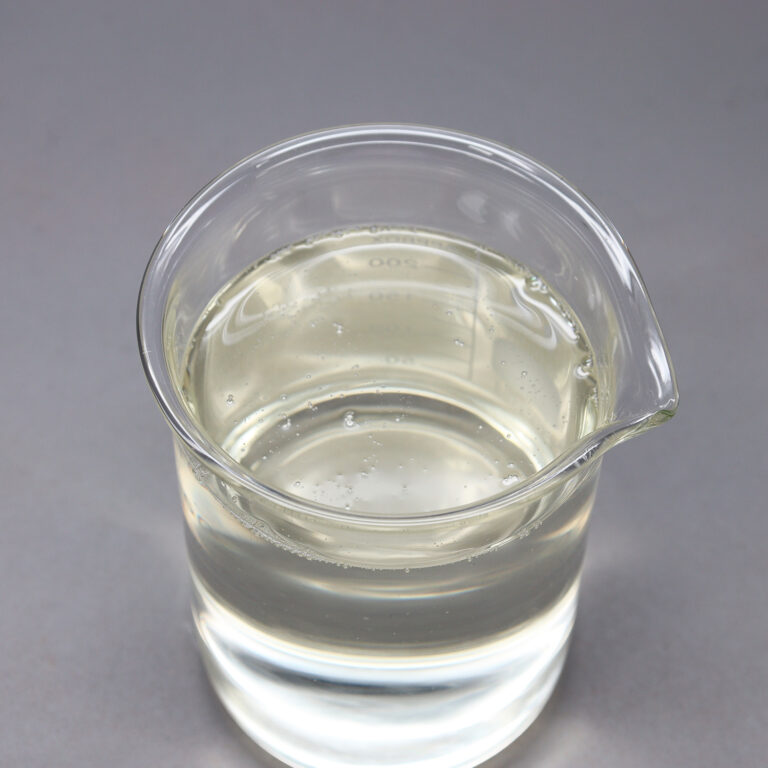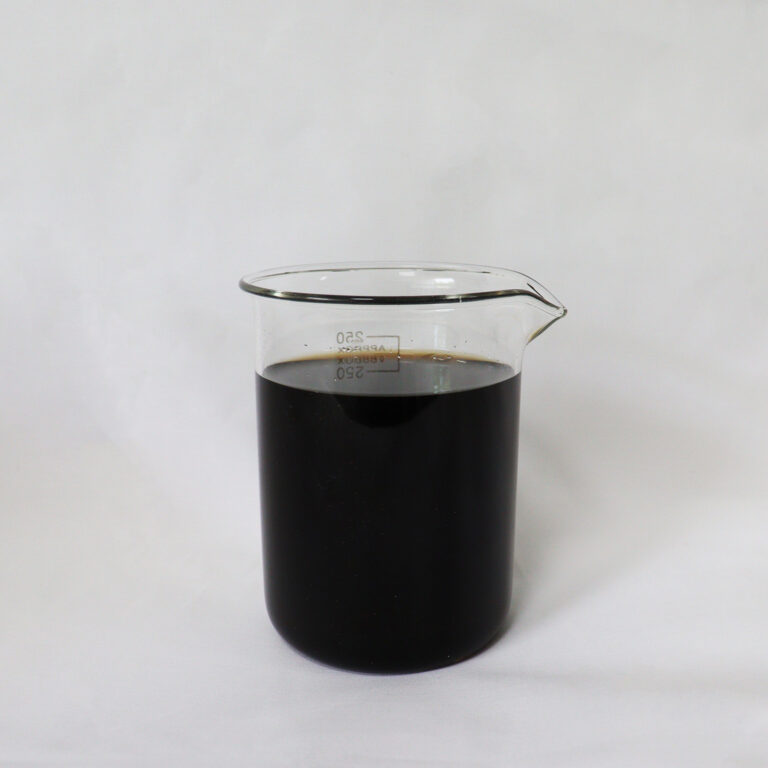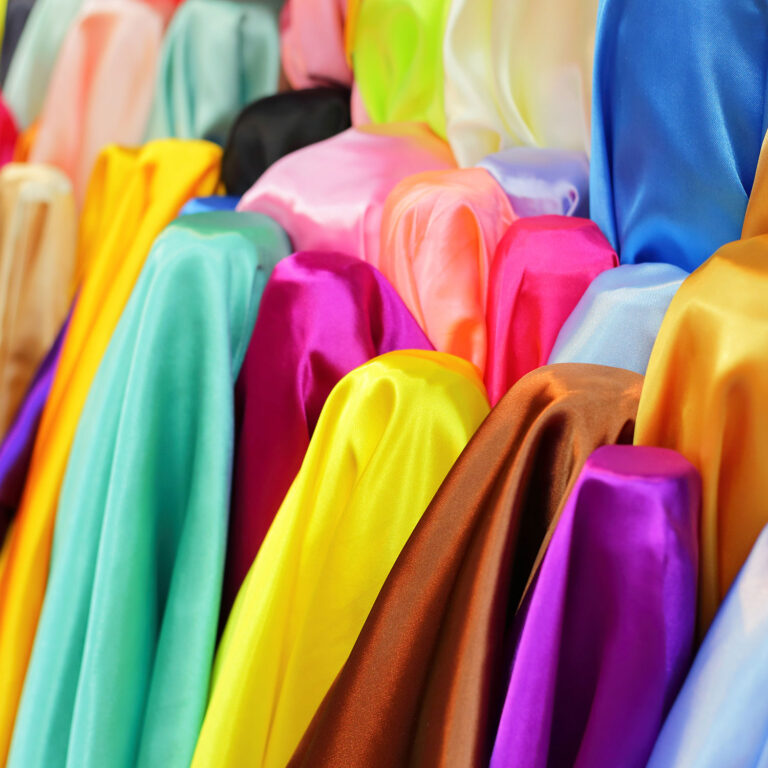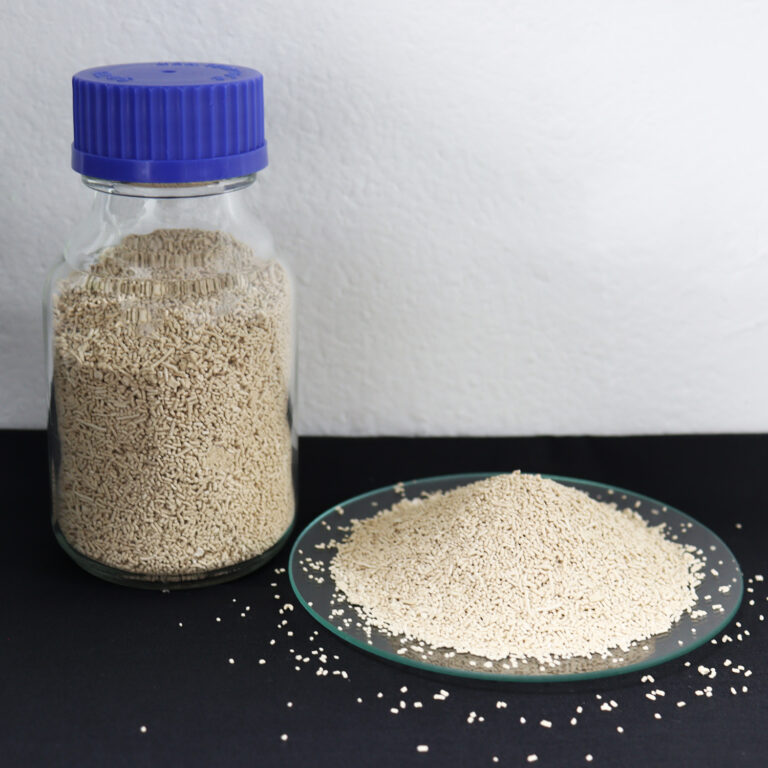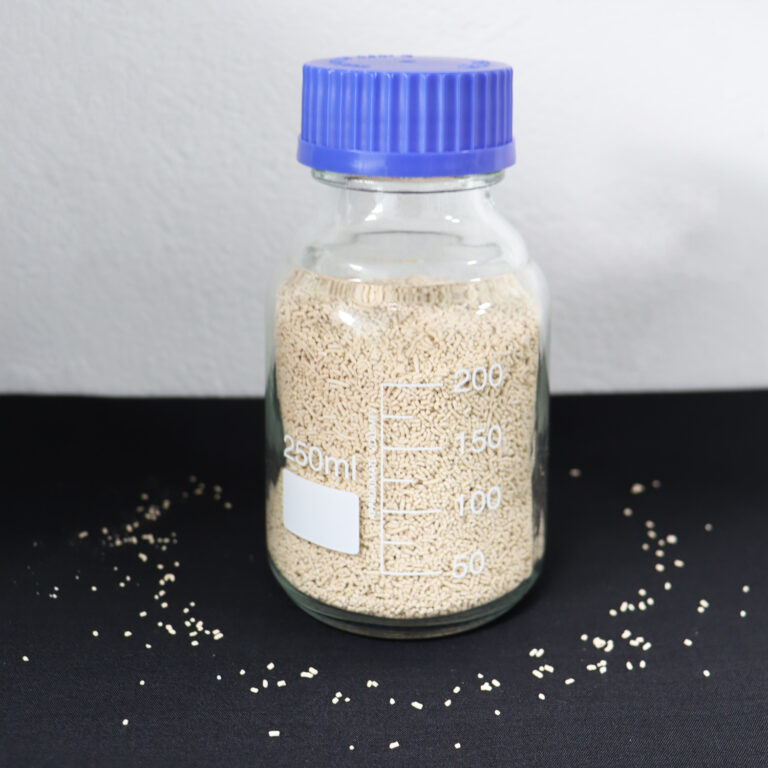In today’s fast-paced textile industry, garment manufacturers are under constant pressure to improve product quality while minimizing costs. One solution gaining popularity is the use of high-concentration silicone softeners. These advanced formulations not only enhance fabric softness and elasticity but also significantly reduce overhead in large-scale production. Let’s explore how high-concentration softeners are transforming cost efficiency for garment factories—and what importers need to know when sourcing them.
What Are High-Concentration Silicone Softeners?
High-concentration softeners are silicone-based textile auxiliaries with elevated active content—typically between 60% to 90%. Unlike diluted products, these softeners require less dosage to achieve the same, or even better, finishing results on fabrics such as cotton, polyester, and blends.
Common forms include:
- Amino silicone softeners
- Hydrophilic silicone softeners
- Block silicone softeners
- Silicone softener beads or flakes
These softeners are suitable for both exhaust and pad-dry-cure finishing methods.
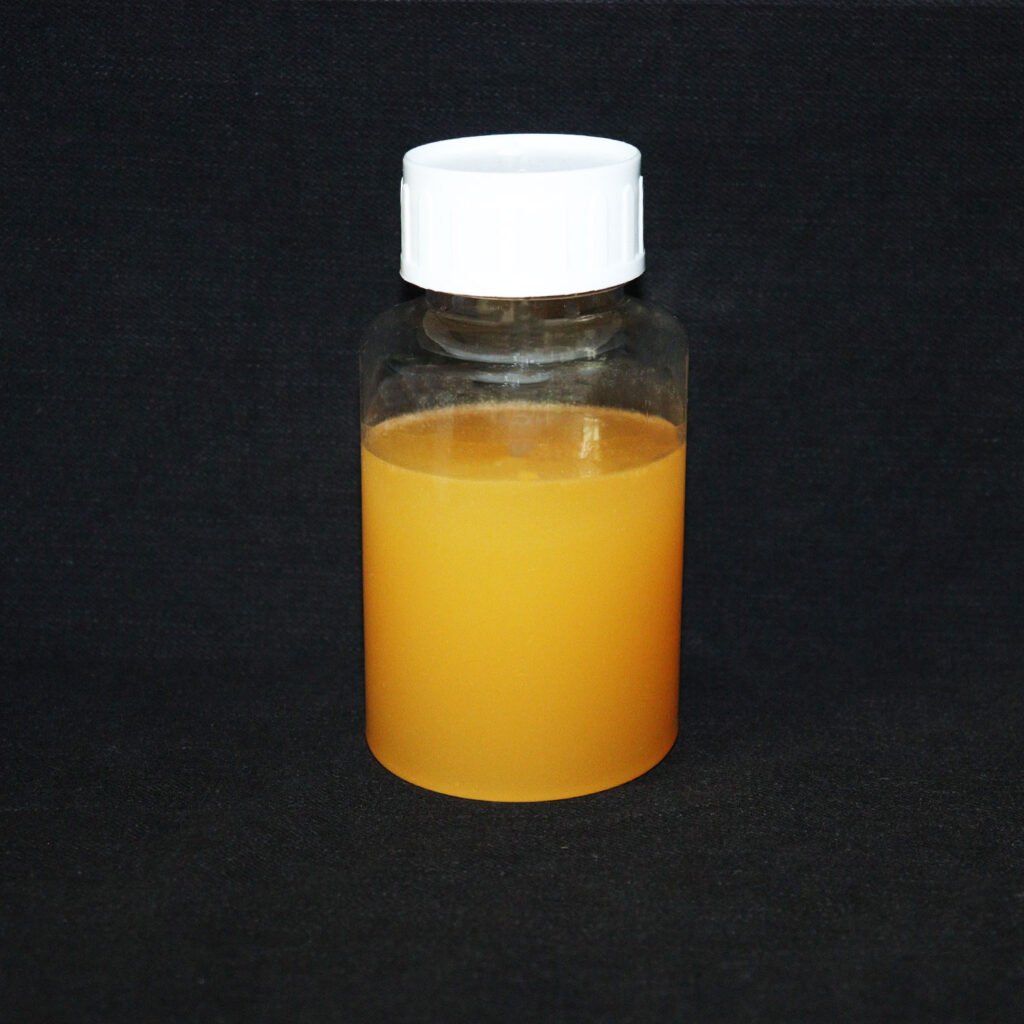

1. Lower Dosage, Less Waste
One of the most direct ways high-concentration softeners help reduce production costs is by cutting down the required usage per batch. For example:
- A traditional softener might need 4–6% o.w.f. (on weight of fabric),
- Whereas a high-concentration product could deliver similar softness with just 1–2%.
This leads to:
- Reduced chemical consumption
- Less packaging waste
- Smaller storage footprint
2. Faster Finishing Process
Because of their efficiency, high-concentration softeners enable a shorter dwell time during padding and curing. This can improve:
- Machine productivity
- Energy savings (due to lower drying or curing temperatures)
- Labor efficiency
In short: factories can finish more fabric in less time with the same equipment.
3. Improved Logistics and Shipping Efficiency
For importers and international buyers, the smaller volume-to-value ratio of high-concentration softeners means lower shipping costs and easier inventory management. One drum of concentrated softener can often replace two or three drums of conventional formulation.
4. Enhanced Compatibility with Blended Fabrics
High-concentration softeners—especially block and modified silicone variants—are often engineered for versatile application on cotton, polyester, viscose, T/C, CVC, and other blends. This helps factories standardize finishing agents across product lines, simplifying procurement and reducing chemical waste.
5. Better Fabric Quality = Fewer Returns
Thanks to improved molecular design, modern high-concentration softeners can offer:
- Excellent smoothness
- Improved stretch recovery
- Durable softness after washing
- Minimal yellowing or oil stains
These qualities result in higher first-pass yield and fewer customer complaints, reducing costly rework or product returns.
Application Tips for Best Cost-Efficiency
To maximize savings, factories should:
- Use precise dosage control systems in dyeing or finishing lines
- Dilute concentrates correctly before application
- Test compatibility with dyes to avoid color fastness issues
- Work with a reliable supplier who offers technical support
Choose the Right Supplier for Long-Term Cost Benefits
High-concentration silicone softeners are not just a finishing aid—they’re a strategic tool to cut costs and boost fabric quality. At Meixin Biotech Co., Ltd., we specialize in supplying customized silicone softeners, flakes, and emulsions tailored for mass production in garment factories worldwide.
For inquiries or technical support, contact:
Connie Huang
connie.huang@meixinbiotech.com
Softening Auxiliaries Articles
How Fabric Softener Flakes Improve Hand Feel in Garment Finishing
Silicone Softener Beads vs. Emulsions: Pros and Cons for Textile Finishing
Softergent Flakes vs. Liquid Softeners: Which Should You Use?
Top 5 Applications of Silicone-Based Softeners in Modern Textile Processing
How Silicone Softening Beads Improve Fabric Feel and Process Efficiency
Silicone Fabric Softener vs. Traditional Softeners: Which Is Better?
What Is a Silicone Softener for Textiles? Benefits, Types & Applications
Understanding Fabric Softener Flakes: Types, Usage & Key Advantages
Does Silicone Softener Affect Color Fastness? Application Tips for Garment Dyeing
How to Apply Silicone Fabric Softeners in Dyeing & Finishing Processes
Where to Buy High-Quality Silicone Softener for Textiles (2025 Guide)
How to Choose the Right Silicone Fabric Softener for Cotton, Polyester & Blends
Top Exporters & Manufacturers of Silicone Softening Beads in China
Understanding Fabric Softener Flakes and Their Role in Textile Care
Is Bead-Type Softener Suitable for Export? 5 Key Questions + Packaging, Storage & Transport Tips
5 Key Questions to Ask Before Buying Silicone Softeners for Garment Production
How High-Concentration Softeners Help Garment Factories Reduce Production Costs
Bead vs. Liquid Silicone Softeners: Which Is Better for Mass Fabric Processing?
Eco-Friendly Silicone Fabric Softeners: Are They Worth the Switch?
FAQs About Silicone Softener for Textiles: Everything Importers Need to Know


